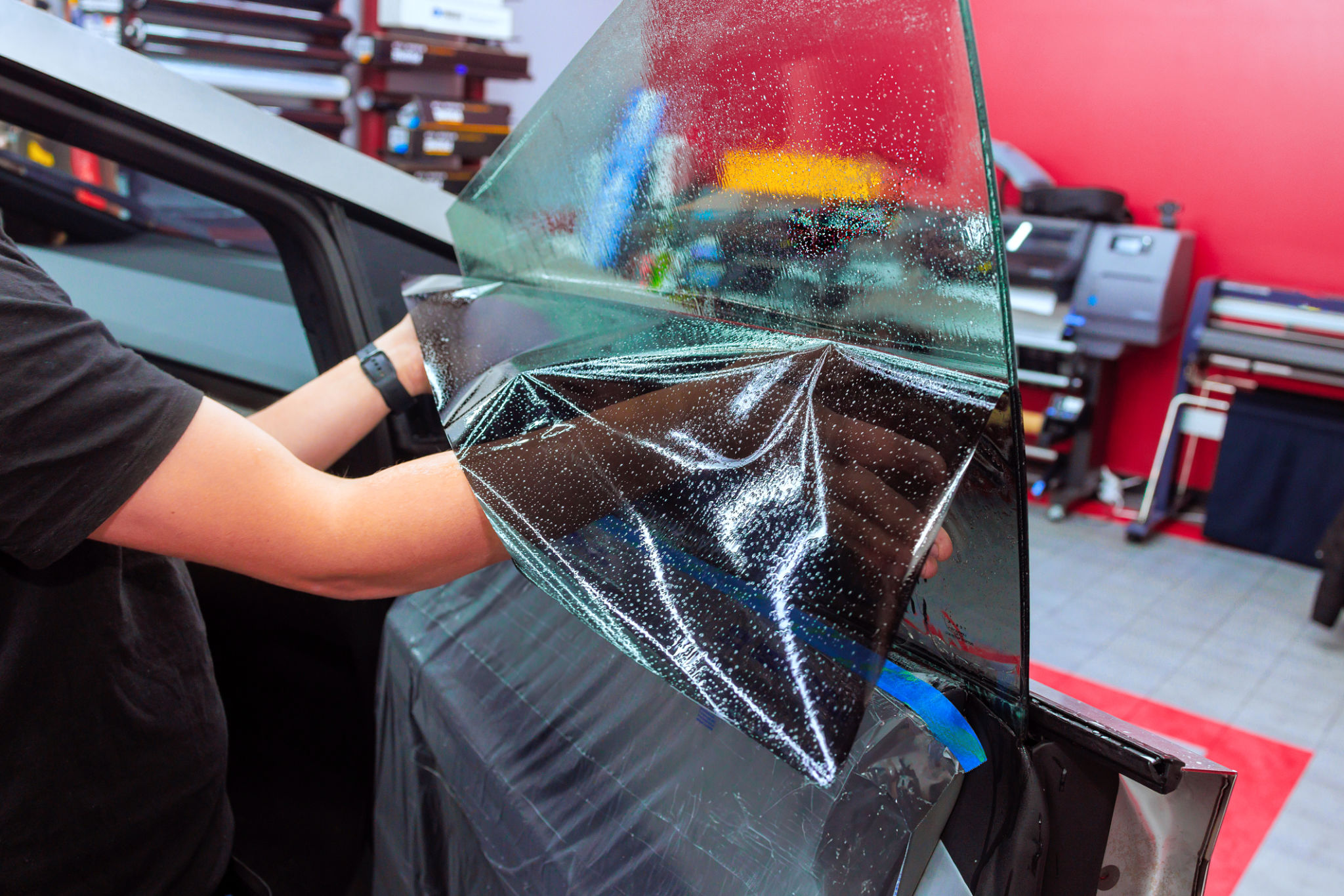DIY Hair Color: What You Need to Know Before You Try
cg
Understanding Your Hair Type
Before diving into DIY hair coloring, it's crucial to understand your hair type. Different hair types react uniquely to color treatments, and this knowledge will help you choose the right products and methods. Whether your hair is fine, thick, curly, or straight, knowing its characteristics can significantly impact the coloring process and the results.

For instance, fine hair tends to absorb color more quickly than coarse hair, which might require a longer processing time. Similarly, curly hair may need special care to ensure even color distribution. Always consider these factors to achieve the best results.
Selecting the Right Hair Color
Choosing the right color is perhaps the most exciting part of the DIY process. However, it requires careful consideration of factors such as skin tone and personal style. Opting for a color that complements your skin tone can enhance your overall appearance and boost your confidence.
If you're uncertain, start with a semi-permanent dye that allows you to experiment without long-term commitment. These dyes gradually fade over time, offering a good opportunity to test different shades.

Gathering Your Supplies
Once you've chosen your color, it's time to gather the necessary supplies. A typical DIY hair coloring kit includes:
- Hair dye
- Developer
- Gloves
- Application brush
- Mixing bowl
- Old towels or shirts to protect clothing
Having all the right tools on hand before you start can make the process smoother and help avoid any last-minute rushes to the store.
Preparing Your Hair
Preparation is key to successful hair coloring. Start by sectioning your hair into manageable parts, which ensures even application. It's also advisable to apply petroleum jelly along your hairline and ears to prevent staining.

Avoid washing your hair immediately before coloring, as natural oils help protect your scalp during the process. Instead, wash it a day or two prior to coloring.
The Application Process
The actual application is where the magic happens. Follow the instructions on your dye kit carefully, as each product may have specific guidelines. Apply the dye evenly from roots to tips, using the brush for precision.
Once applied, set a timer based on the recommended processing time. It's essential not to exceed this duration to avoid damage or an undesired shade.

Aftercare is Crucial
After rinsing out the dye, use a color-safe conditioner to lock in moisture and maintain vibrancy. Avoid using hot water as it can strip away color more quickly. Instead, rinse with lukewarm or cool water.
Continuing with a hair care routine specifically designed for colored hair will help prolong your new look. Regular deep conditioning treatments can also prevent dryness and maintain shine.
Know When to Seek Professional Help
While DIY hair coloring can be fun and rewarding, some situations are best handled by professionals. If you're attempting a drastic color change or have damaged hair, consulting with a stylist may be wise.

This ensures your hair remains healthy and that you achieve the desired outcome without compromising quality.
Embrace Your New Look
Once you've colored your hair at home, embrace and enjoy your new look! DIY hair coloring is a fantastic way to express creativity and personal style. With proper care and attention, you can achieve salon-quality results right in the comfort of your home.